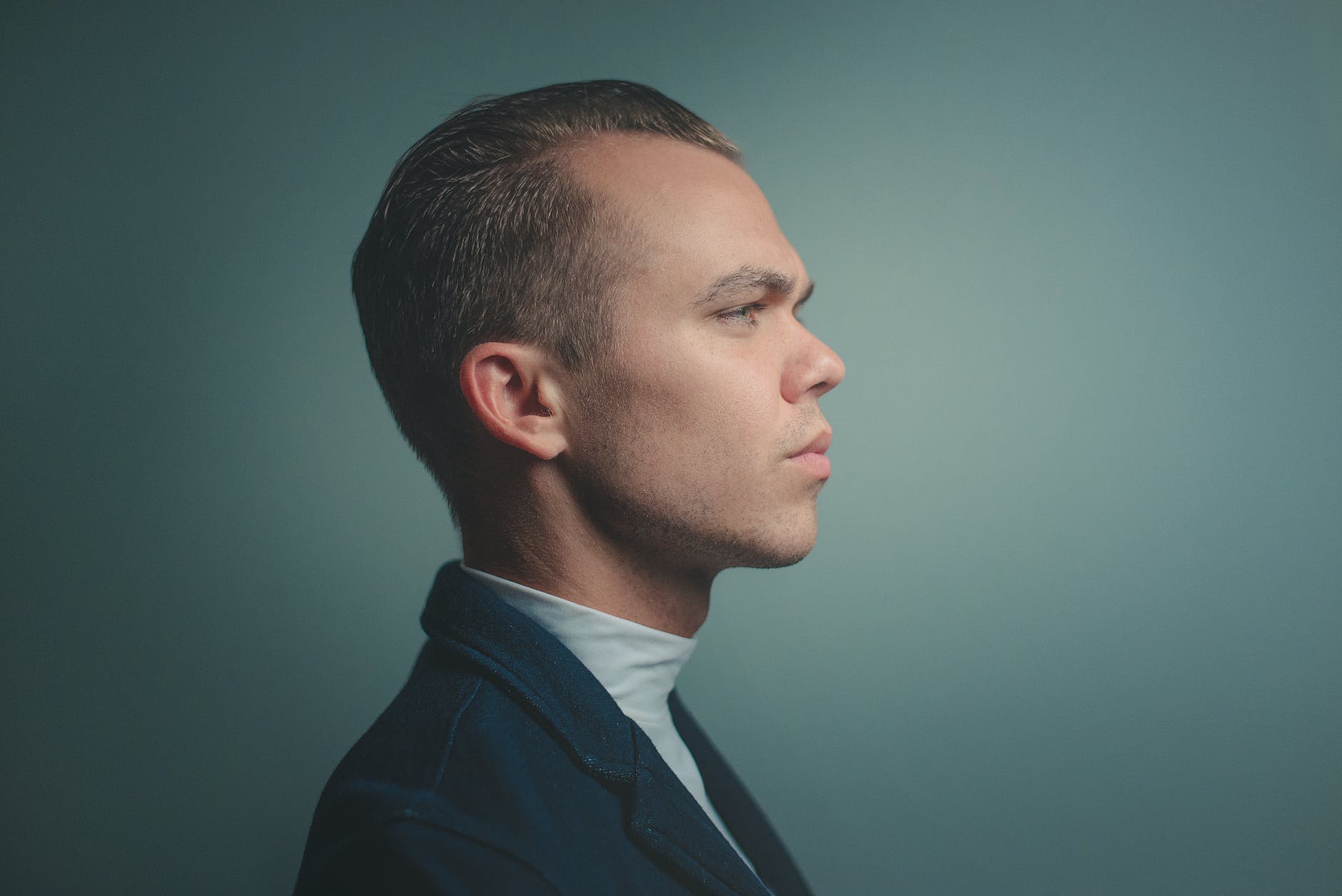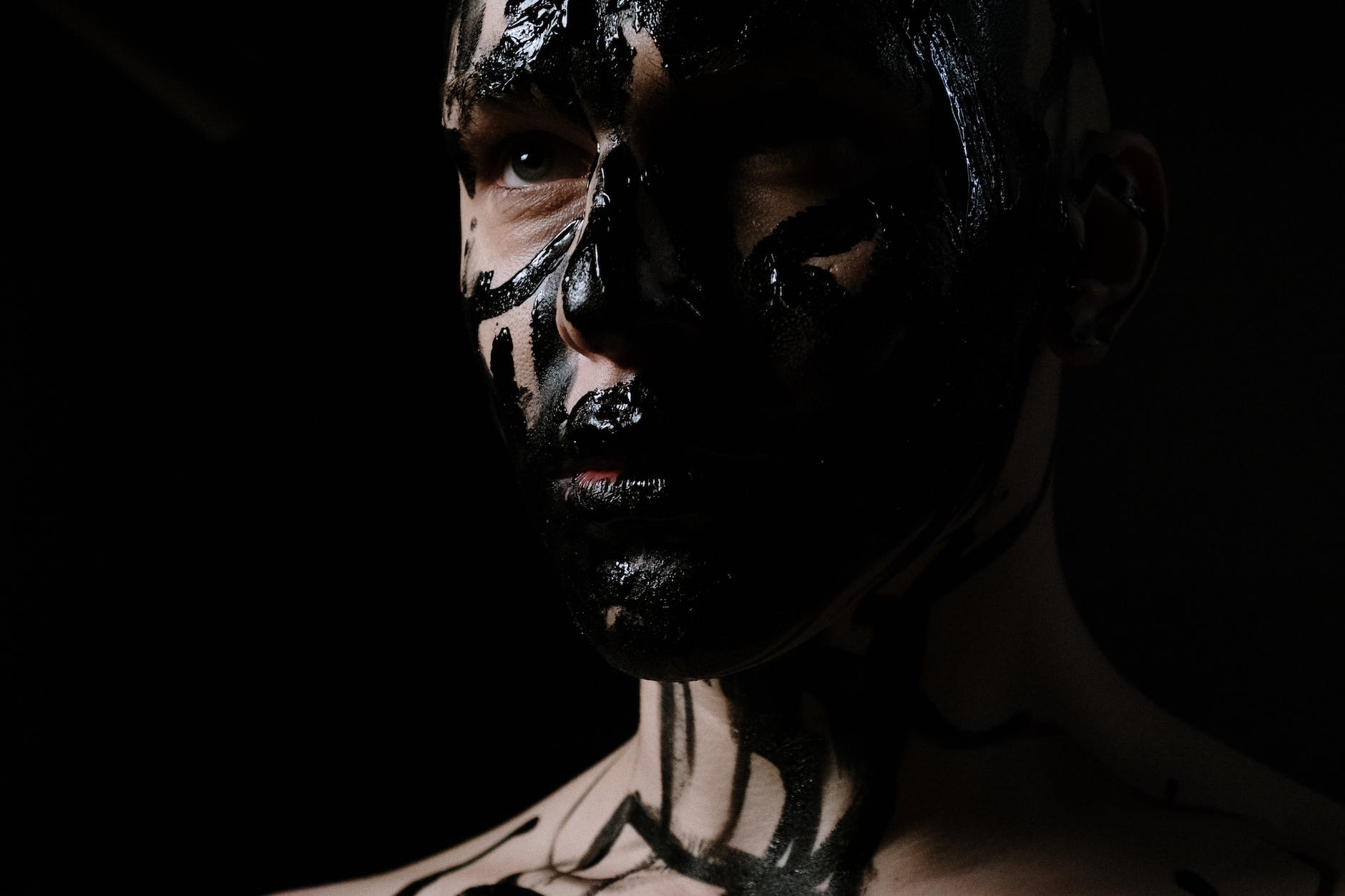From the dazzling swirls of tie-dye t-shirts to the visually stunning pop art of the 1960s, psychedelic aesthetics have made a lasting impact on fashion and design. This article explores how the use of psychedelics has influenced and continues to mold the spheres of fashion and design, through the medium of psychedelic fashion, tie-dye, trippy patterns, and psychedelic prints, among others.
Born out of the counterculture fashion of the 1960s, psychedelic style transformed the societal norms of design with flamboyant color schemes, whirling patterns, and iconographies inspired by non-Western cultures. Psychedelic fashion was a direct reflection of the era’s suspension of conventional thinking brought on by a mutual exploration of mind-altering substances. This perception-altering experience, combined with revolutionary ideas, gave rise to a unique sense of fashion that pushed the boundaries of traditional design.
The tie-dye technique, often associated with bohemian style and festival wear, is a prime example of the psychedelic influence on fashion. This innovative way of coloring fabric, which creates distinguishable, vibrant, and unpredictable patterns, was a popular way to express individuality and defiance of mainstream culture. The tie-dye trend maintains its popularity to date, often reemerging on spring and summer collections in fashion weeks worldwide, illustrating the enduring influence of psychedelics on design.
Another visual expression of the psychedelic experience is the creation of trippy patterns. These are a testimony to the detailed hallucinations and distorted perceptions encountered in a psychedelic experience (Britannica). Executed with brilliant colors and intricate detailing, trippy designs often involve intricate geometry or surreal imagery, challenging the norms and expanding the horizons of visual design.
Psychedelic prints, too, have made a significant imprint on the world of style and design. Stemming from the creative exploration of consciousness, these designs frequently feature kaleidoscopic patterns, radiant colors, and curvilinear shapes. Experimentation with such patterns in design transcends beyond festival wear to everyday clothing, accessories, and even interiors. These striking prints have made strong sartorial statements and remain a favorite among designers aiming for bold and striking aesthetics.
In retrospect, it’s hard to discuss 1960s fashion without addressing the significant role pop art played. This movement took inspiration from mainstream imagery and consumer culture, often implementing vibrant, contrasting colors and bold outlines. Many believe the eye-catching aesthetic of pop art drew its inspiration from the exaggerated sensory perceptions influenced by psychedelic experiences (Tate).
Moreover, contemporary creatives continue to draw from the psychedelic era. More recently, there’s been a resurgence of psychedelic branding in areas beyond fashion, like music, entertainment, and even beverages. Designers are embracing the exuberance of psychedelic aesthetics, using them to create whimsical, visually enchanting designs that capture audiences’ attention. A testament to the lasting power of the psychedelic experience translated into design.
In conclusion, the psychedelic movement has made a remarkable and lasting impact on fashion and design. Its bold defiance of convention gave rise to a unique design realm characterized by vibrant colors, complex designs, and non-linearity. This aesthetic has forever transformed the approach to style, clothing, and culture at large, marking its enduring relevance. Whether it’s through the swirling patterns of a tie-dye t-shirt, the bold aesthetic of pop art, or the hypnotic allure of psychedelic prints, the vibrant legacy of the psychedelic era continues to be a significant touchstone in contemporary fashion and design.
Sources:
1. Britannica: Psychedelic
2. Tate: Pop Art





